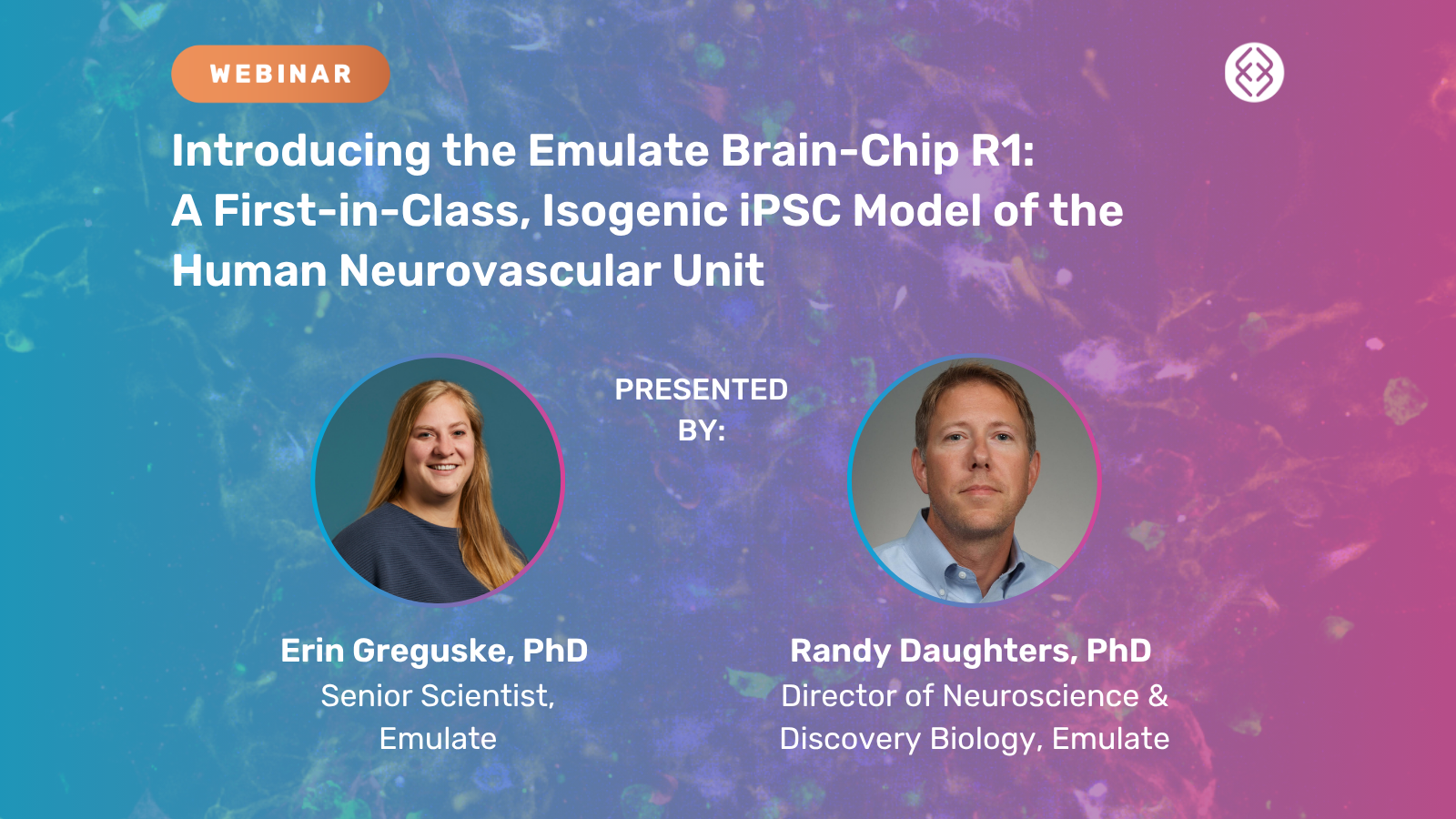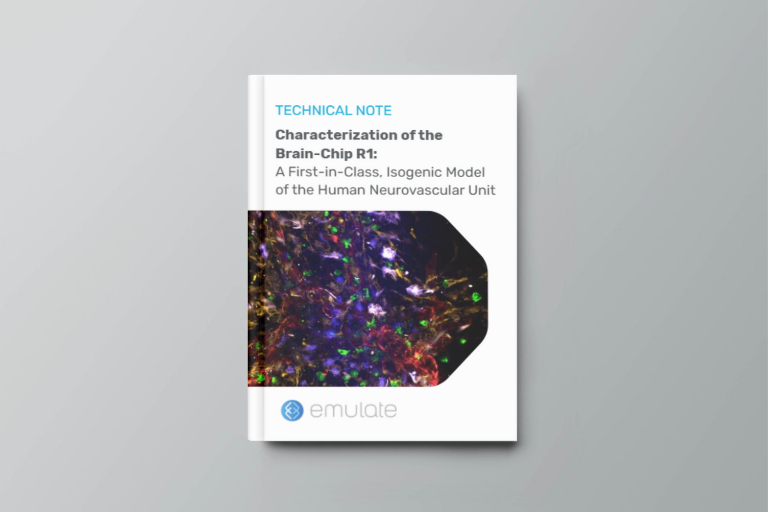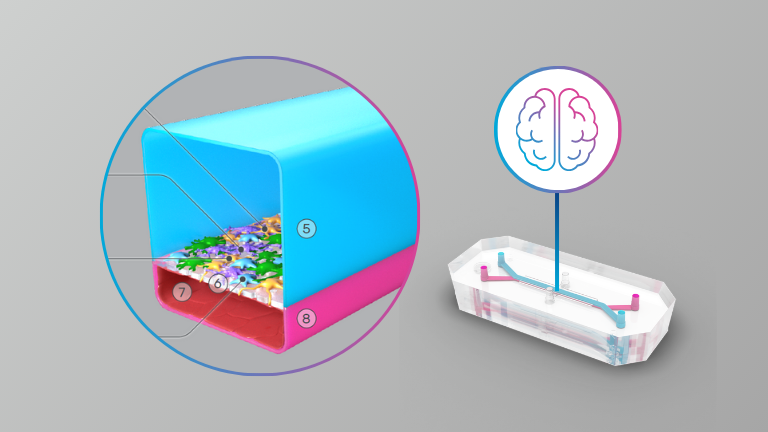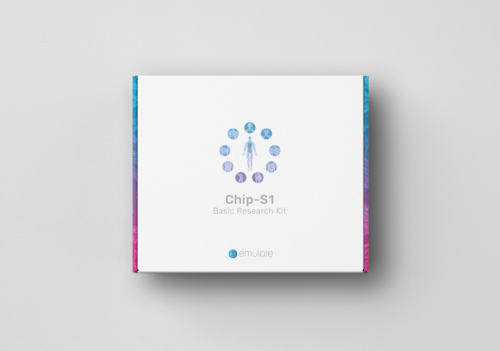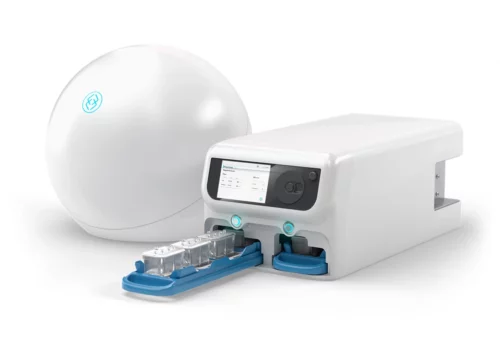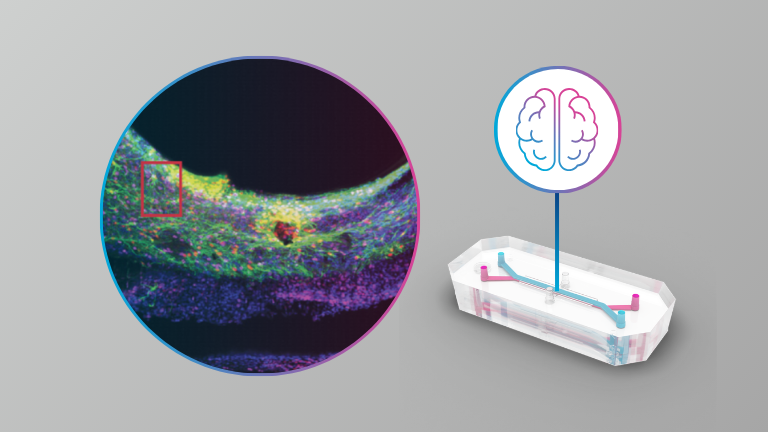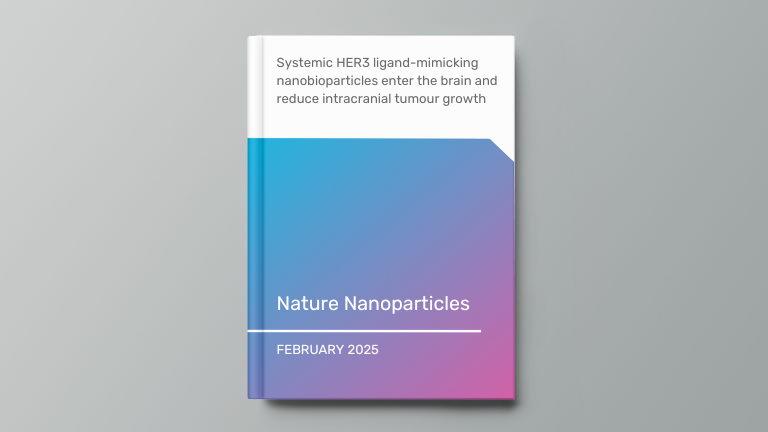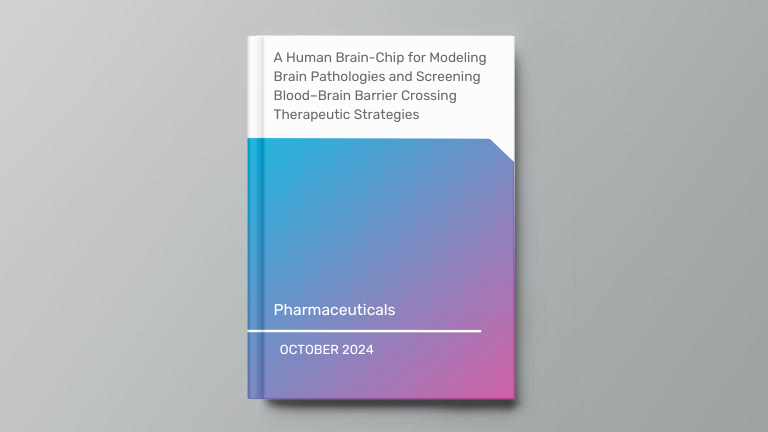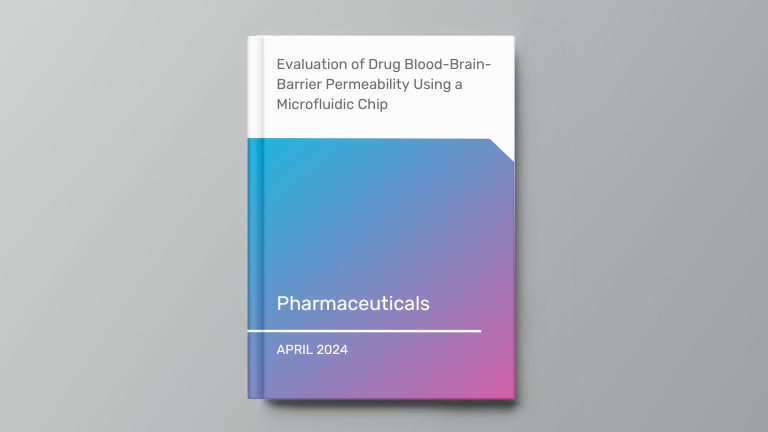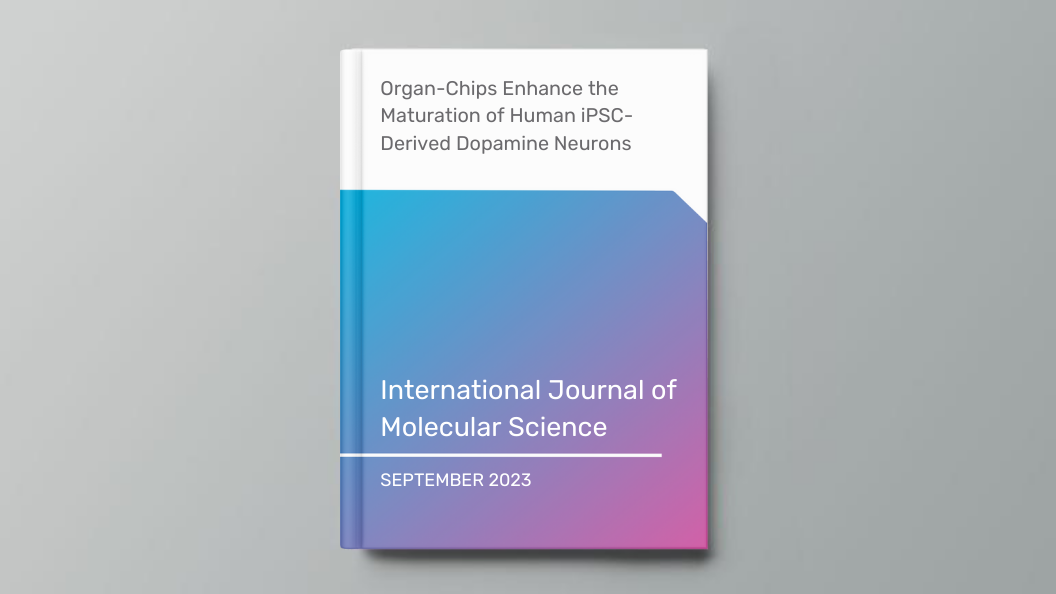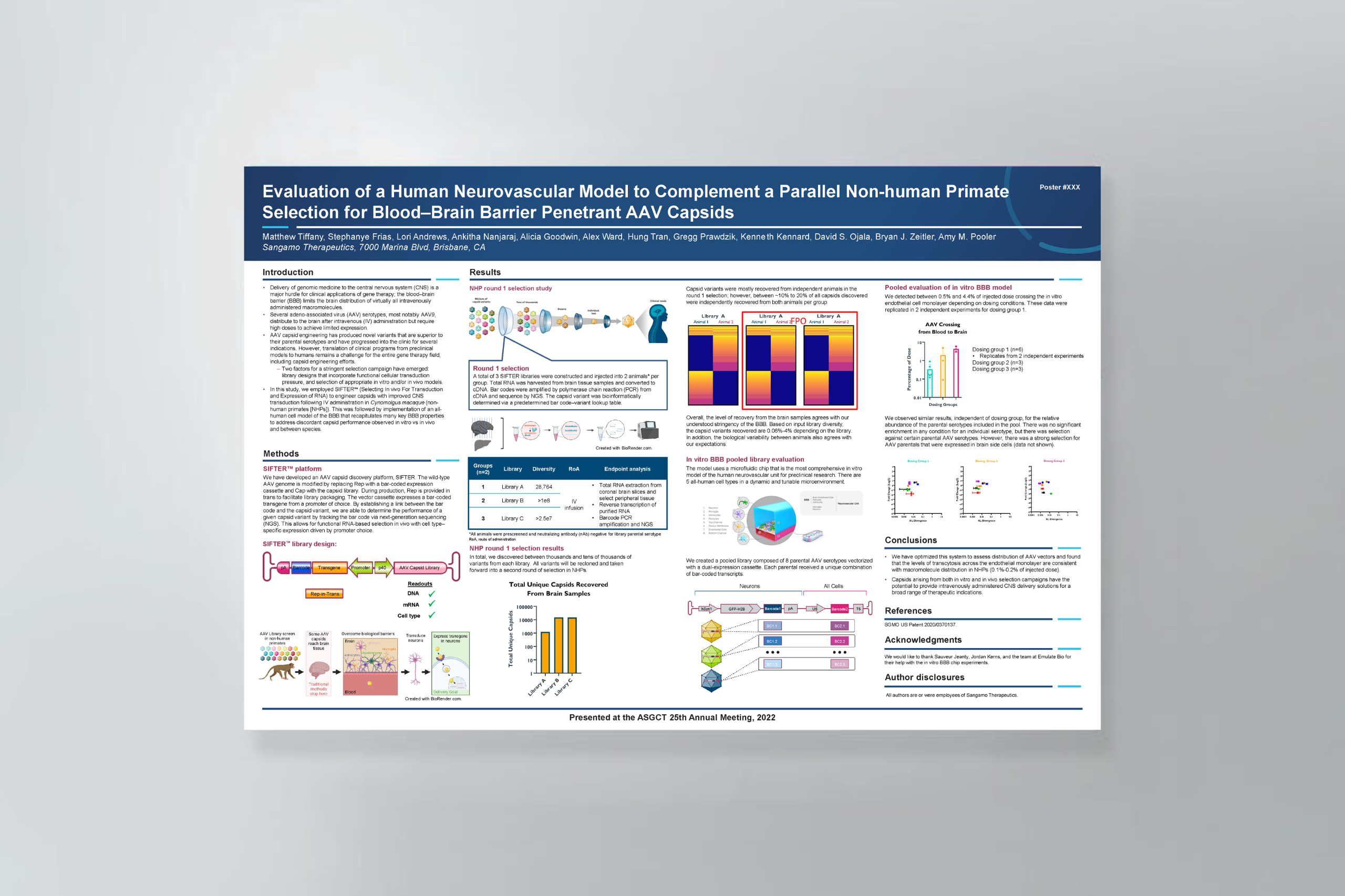Synopsis
Watch this on-demand webinar for a closer look at the Emulate Brain-Chip R1, a first-in-class, isogenic Organ-Chip model designed to advance human-relevant research of the blood–brain barrier (BBB) and neurovascular unit (NVU). Presented by Emulate scientists Erin Greguske, PhD, and Randy Daughters, PhD, this webinar walks viewers through the development, characterization, and applications of this comprehensive five-cell iPSC model. Attendees will learn how the Brain-Chip R1 recreates key NVU interactions, maintains a tight and stable BBB-like barrier, and enables more predictive studies in neuroinflammation, BBB transport, and CNS drug discovery.
Key Learning Points
- Overview of the Brain-Chip R1 and how five isogenic iPSC-derived cell types recreate essential features of the human NVU.
- Characterization of barrier function, transporter expression, and glial resting-state behavior across the experimental window.
- How the Chip-R1™ Rigid Chip minimizes drug absorption, improving compound recovery and quantitative BBB permeability measurements.
- Applications in BBB transport, neuroinflammation modeling, and CNS drug development, including examples of functional assays and readouts.

